Sake categories
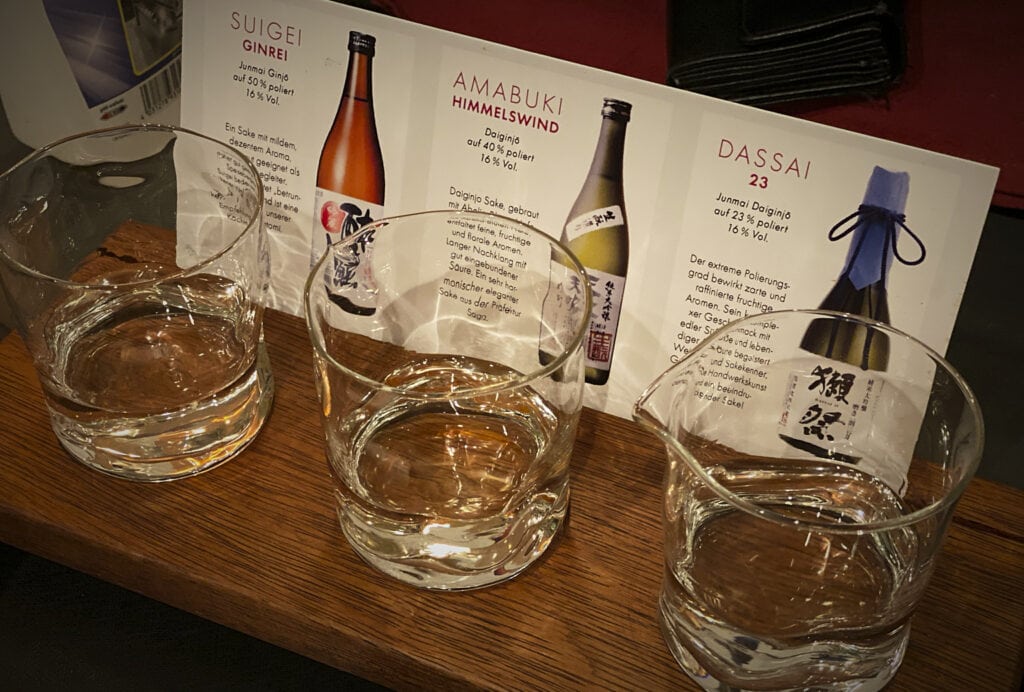
Welche Kategorien & Klassifikationen gibt es bei japanischem Sake? Inhaltsverzeichnis Derzeit gibt es in Japan etwa 1.400 Sake-Brauereien und es wird gesagt, dass dort mehr als 10.000 verschiedene Sorten Sake hergestellt werden. Auch wenn die Anzahl der nach Europa importierten Sake noch sehr begrenzt ist, ist es für Einsteiger oft nicht ganz einfach, sich in […]
Which types of rice are suitable for sake production?
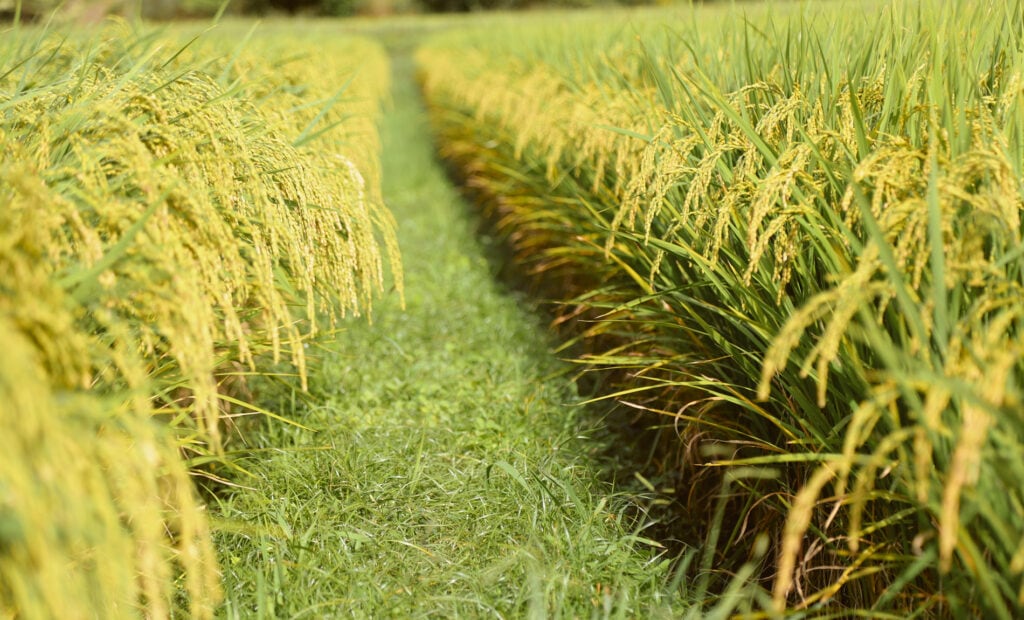
Although you can see Japanese Sake can basically brew from all types of rice, there are, of course, special rice varieties that are best suited for fine sake - and beyond that, some special rice varieties that differ from their edible rice counterparts in structure and characteristics. Here we give an insight into the special rice varieties for the Sake making.
The individual steps of sake production
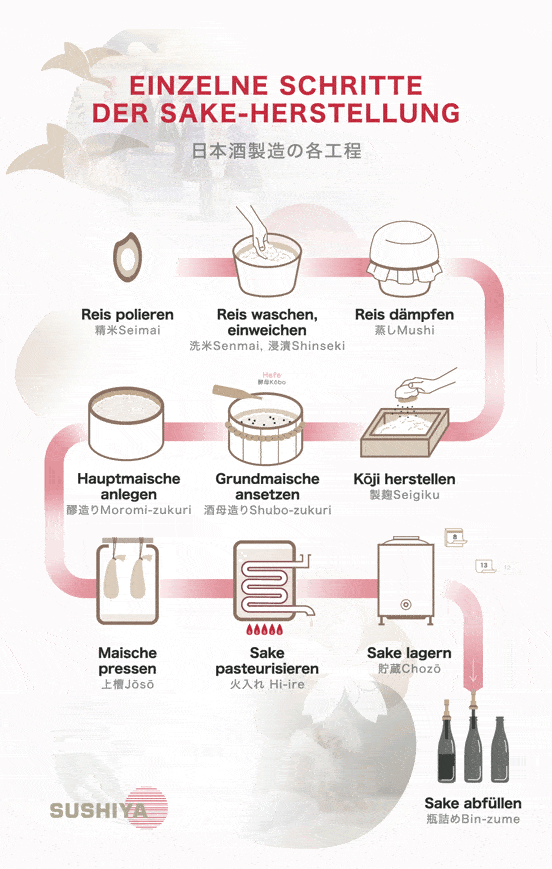
Typical Japanese is the Sake production an elaborate craft in which each section requires a great deal of experience and skill. The right rice and the optimal water for sake are assumed, as well as of course Yeast & Kōji. Everything comes together through elaborate manual labor. Here is an insight into the individual steps of sake production.
Yeast & Kōji, invisible components of sake production.
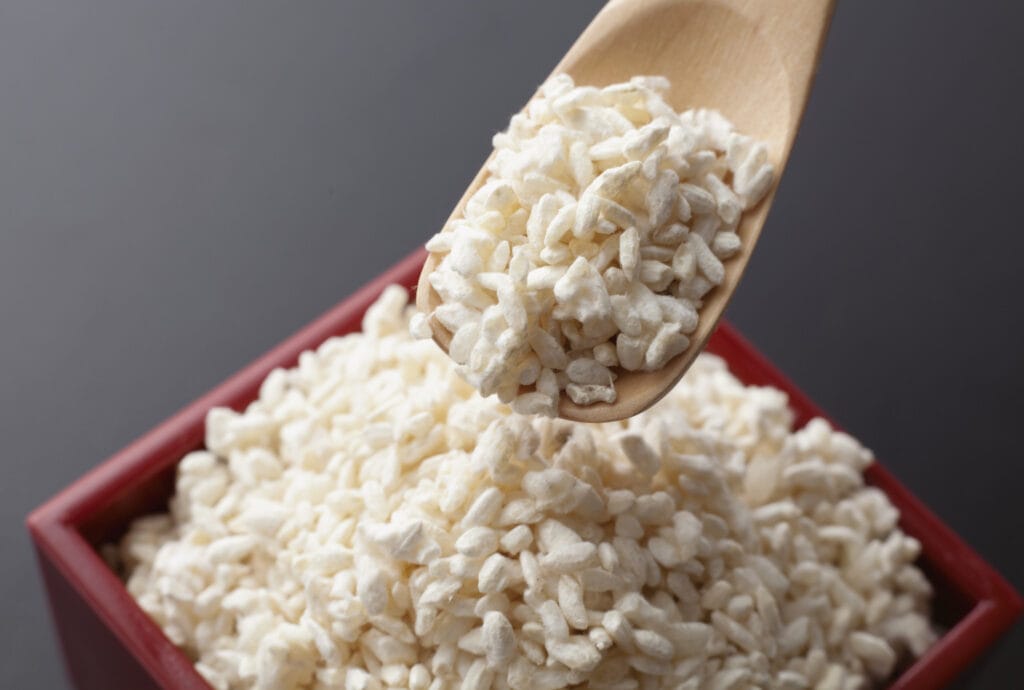
So that a first class Sake brewed, it requires not only the right water and a special rice, but also yeast and a very specific noble mold. The Kōji fungus (lat. Aspergillus oryzea) ensures that the starch can be broken down. Various, often specially bred yeasts are then what give the sake a large part of its special flavor and shape the style of the sake.
Sake styles by regions of Japan
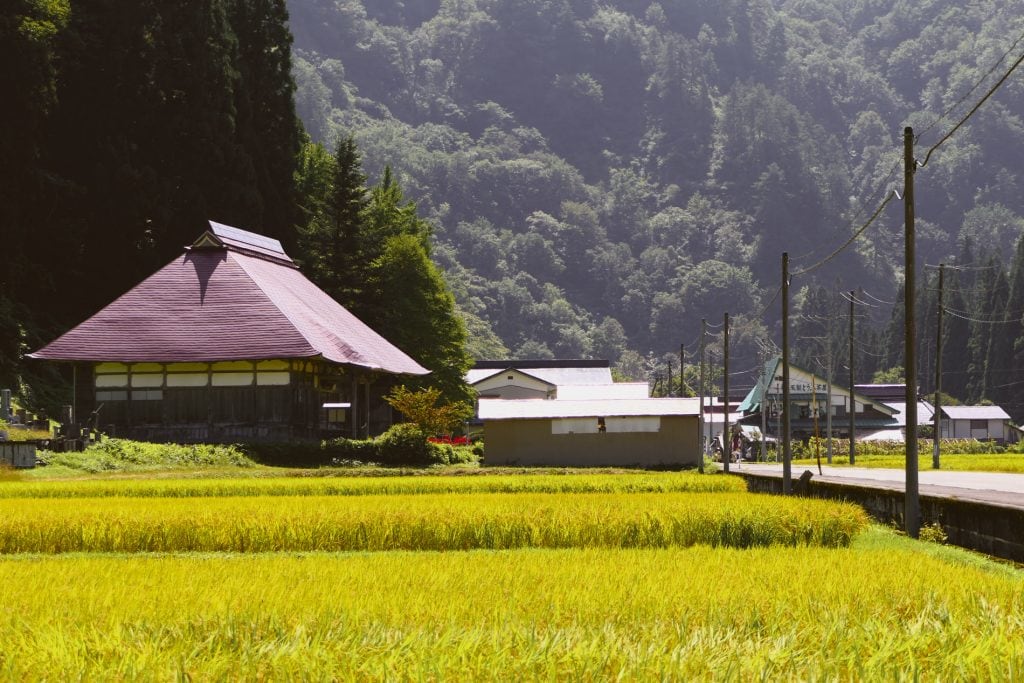
Sake is produced all over Japan, from Hokkaidō in the north to Okinawa in the south. The taste varies greatly depending on the region where it is made. This is because sake brewing is influenced by the water and climate of the region where the brewery is located.
Important raw material for sake: (Japanese) water
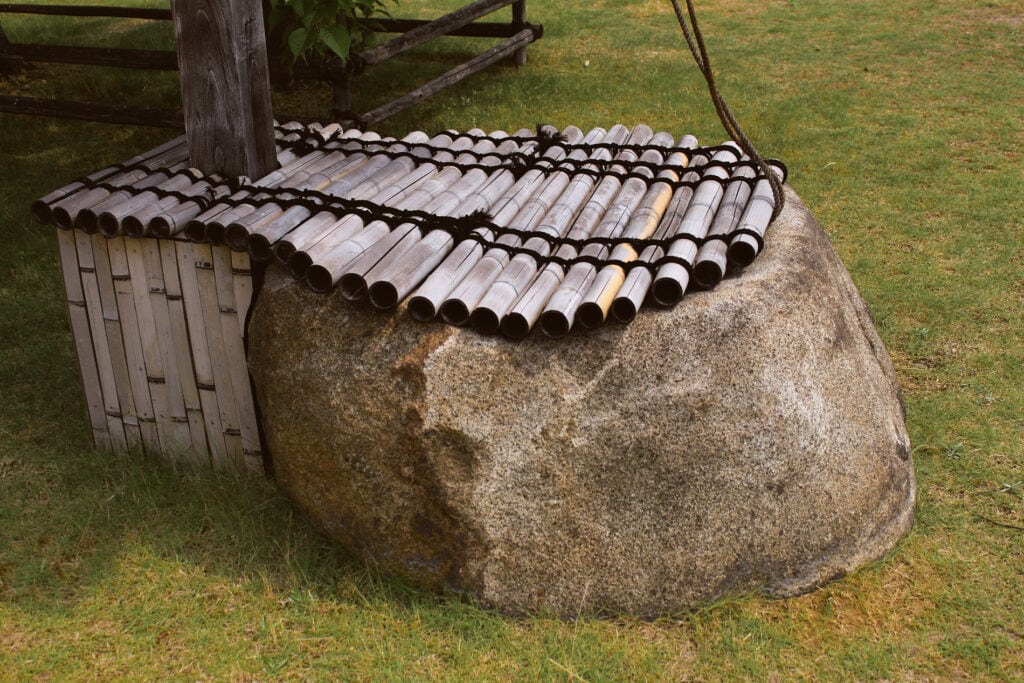
For the Production of high quality premium sake the quality of the water used is of crucial importance. Japan as a volcano-rich country offers countless special regional water qualities that produce special sake with sometimes exceptional softness. Here you can learn all about the raw material water in Japan and how it influences Japanese sake.
Rice - central raw material for sake production

To a bottle Sake Junmai category, you need about 1.8 kg of rice - for a Junmai Daiginjō sake, it is already 3 to 3.5 kg of rice as a starting point, since less of the original rice remains here due to the higher degree of polishing.
No wonder that the rice used is of special importance. Here we explain everything about rice as a raw material for sake production.
How & what is sake made from?
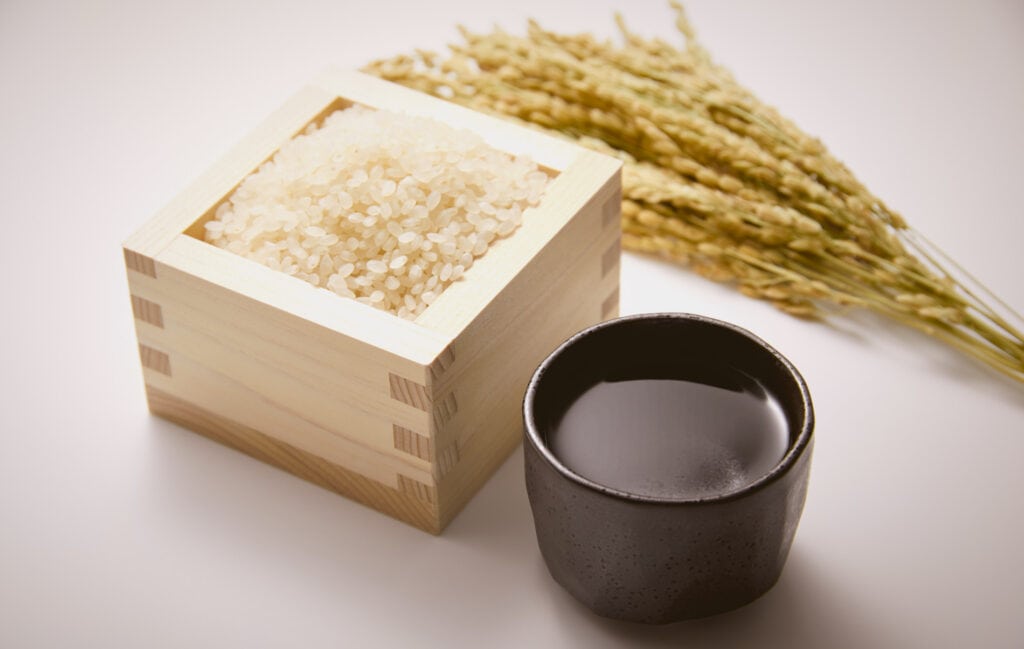
Sake, the alcoholic beverage from Japan, is made only from water, rice and Kōji. The quality and the different characteristics of the individual ingredients play a special role. The few ingredients are brewed in a very elaborate craft process, so that high-quality sake can have an enormous variety of aromas and flavors.
Sake – der vielseitige japanische Reiswein
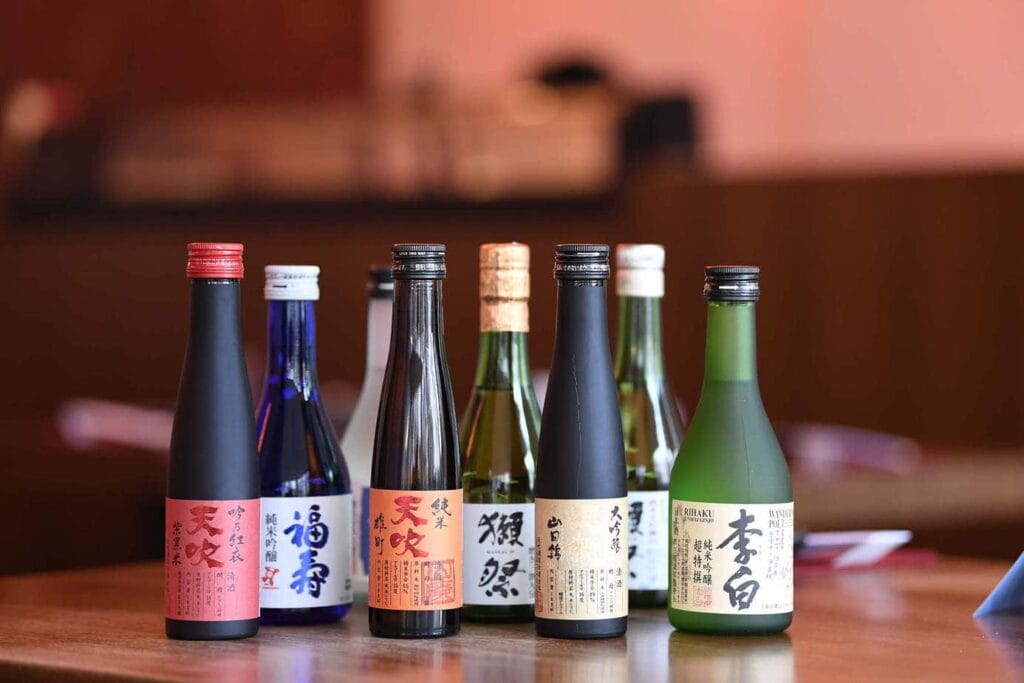
Sake – das sollten Sie über japanischen „Reiswein“ wissen Inhaltsverzeichnis Sake – japanischer Reiswein, der eigentlich gar kein Wein ist. Ursprünglich nur in japanischen Restaurants als vermeintlich heißer Reisschnaps serviert finden inzwischen vor allem Premium-Sorten, die man kalt trinkt, Liebhaber in aller Welt und allen Arten von Restaurants. Auch wir begeistern uns in unserem Restaurant […]



